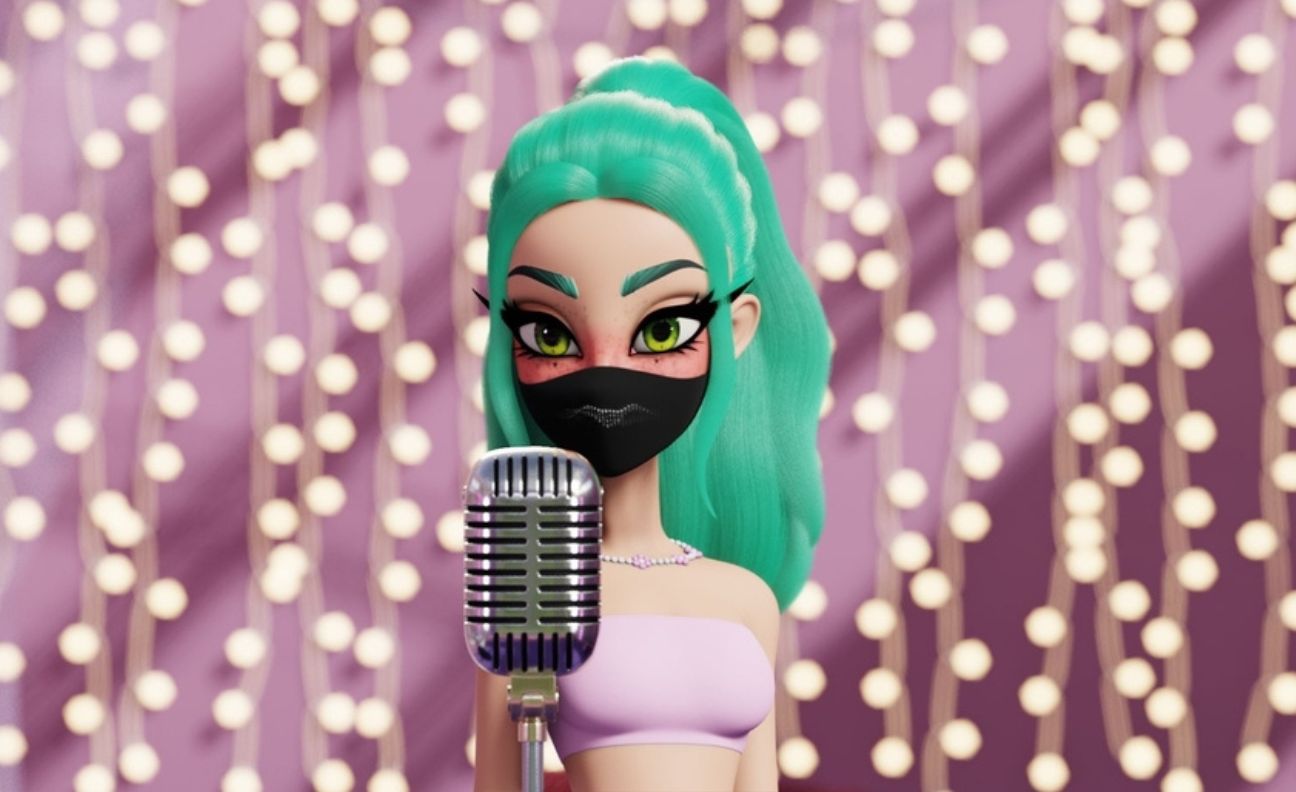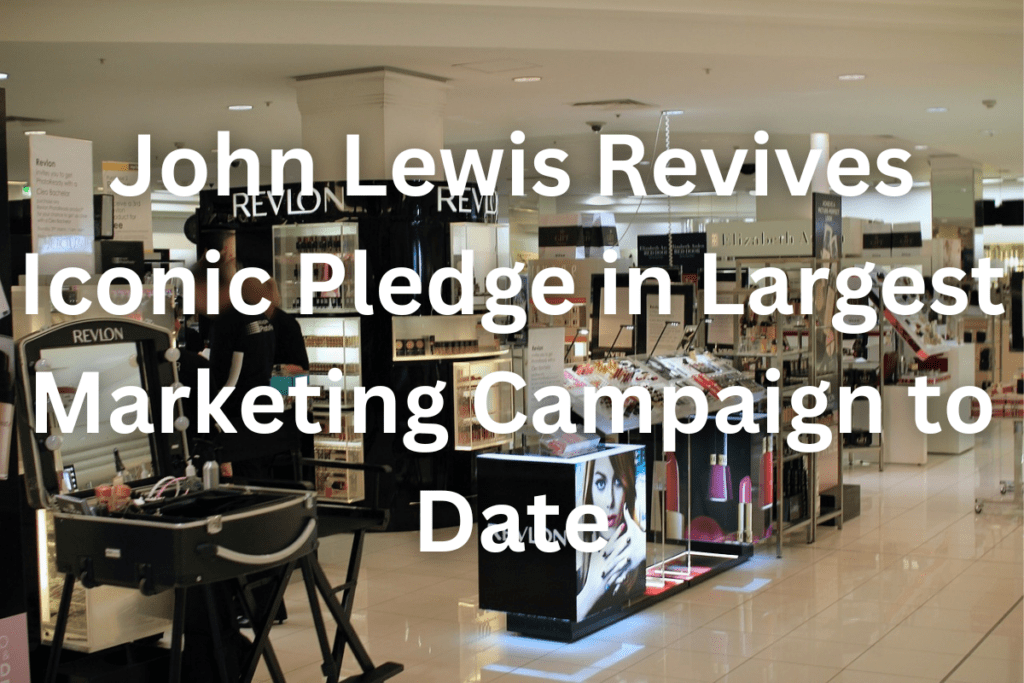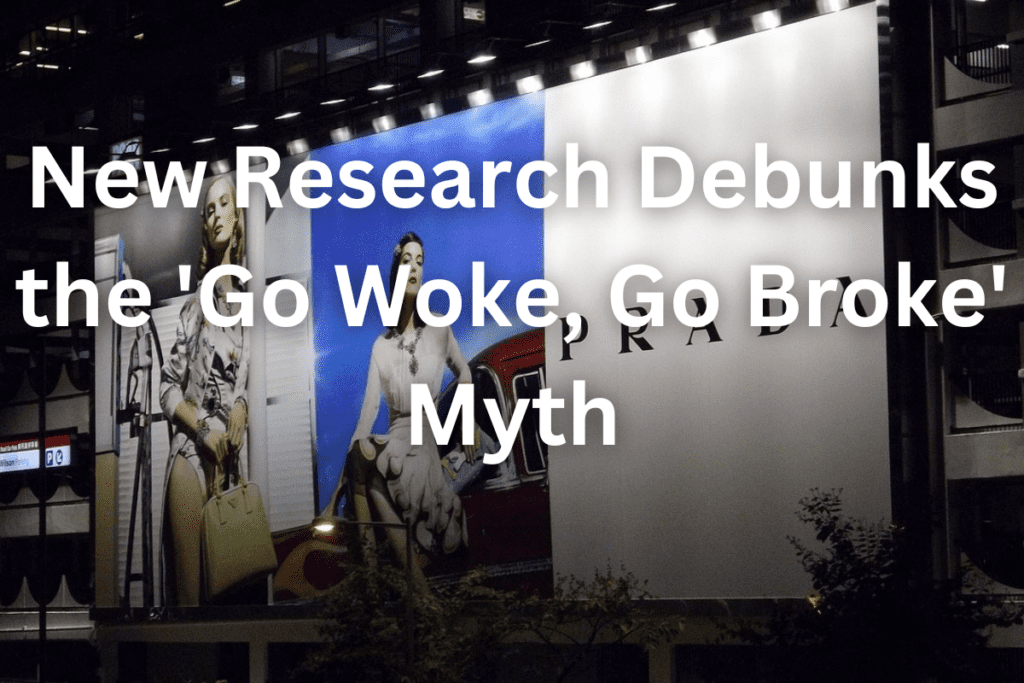The latest innovations in technology and its adaptation for the music industry now proves that music is something more than just sound. With music holograms, it is an experience that engages all of our senses.
Holograms and digital pop stars are becoming more and more popular, and there’s no telling where this trend will go next. Some people may be sceptical about holograms and digital pop stars, but they are quickly gaining a following among music fans all over the world.
What are Holograms?
A hologram is a three-dimensional image that is created with the help of lasers. Holograms are often used in the entertainment industry, as they can create realistic images of people or objects. For example, Tupac Shakur was brought back to life as a hologram at the Coachella music festival in 2012.
Why are Holograms and Digital Popstars Popular Now?
Music holograms are becoming more and more popular because they offer a new and unique experience for fans. With music holograms, fans can see their favourite artists perform live, even if they are no longer alive. Additionally, music holograms allow fans to see their favourite artists in a way that they have never been seen before.
Virtual pop stars and holograms are attractive to fans and businesses alike because they can be used to sell music and influence people. Most importantly, they can be programmed to behave perfectly – their creators don’t have to worry about them generating negative press by behaving badly, as real pop stars are sometimes known to do.
They are ageless, never get tired of touring and promoting records, don’t develop drug habits or make unreasonable demands, making the life of creators easier. They can also be in many places at the same time, which is very difficult – if not impossible – for real pop stars.
The History of Holograms
In 1858, English engineer Henry Dircks observed that projecting an image onto a sheet of glass at a 45-degree angle creates a ghostly effect, which he called Dircksian Phantasmagoria. After four years, scientist/lecturer John Henry Pepper improved the illusion for a 1862 performance of Charles Dickens’ The Haunted Man. This turned into a global phenomenon that has been used everywhere from Disney’s Haunted Mansion to an infamously suspenseful scene in the 1971 James Bond thriller Diamonds are Forever.
With a few digital updates, his “Pepper’s Ghost” is the same technology that you would see today when watching pre-recorded sets from Whitney Houston, Elvis, Michael Jackson or Dio.
The First Music Hologram
Before Hologram, virtual bands were mostly a fictional construct, used in everything from The Simpsons’ The Be Sharps to Gorillaz. Gorillaz, London’s first English virtual band was formed in 1998 by musician Damon Albarn and artist Jamie Hewlett.
Virtual bands were followed by holograms, which debuted in music with the Tupac Shakur Coachella performance, in 2012. The late rapper was brought back to “life” by AV Concepts, the same company that had previously worked on concerts for Madonna and Kanye West, using similar Pepper’s Ghost technology. Tupac’s hologram was met with mixed reactions; some people thought it was amazing, while others found it creepy.
Since then, holograms have been used more and more in the music industry. In 2014, Michael Jackson made a posthumous appearance at the Billboard Music Awards, and his hologram was met with rave reviews. The performance was so successful that Jackson’s estate announced plans to create a world tour featuring his hologram.
Holograms are not just for deceased artists anymore. The famous BTS, a Korean boy band, recently joined Coldplay for a live hologram performance of ‘My Universe’.
Digital Pop Stars
Along with music holograms, digital pop stars are also becoming more popular. Digital pop stars are computer-generated characters that are created to look and sound like real pop stars.
Hatsune Miku is one of the most popular digital pop stars in Japan. Hatsune Miku has her own line of merchandise, and she has even performed live concerts with a hologram of herself. In 2010, Hatsune Miku performed her first solo concert in Tokyo. The concert was met with mixed reactions from fans and critics, but it still proved that digital pop stars are here to stay.
Polar is another up-and-coming digital pop star, with 1.6 million followers on TikTok and millions of views on YouTube. She is a computer-generated character that was created by TheSoul Publishing in 2021. Polar has released several singles and music videos, and she even has her own line of merchandise. In a recent webinar, her creators told me that she is teaming up with another virtual pop star to release a musical collaboration, and will soon be featured as a character in an upcoming video game.
Although virtual pop stars are not a new concept, the ways that we can interact with them has increased significantly.
The Metaverse and Digital Pop Stars
Metaverse is a 3D virtual world that allows users to interact with each other and create or purchase virtual items. It can be accessed through the internet and is based on blockchain technology, which means that all transactions are secure and transparent. It is a constantly evolving and expanding universe, and it is home to digital pop stars like Hatsune Miku, Polar, and many others. In the Metaverse, these characters can interact with their fans in ways that were not possible before.
Users can create their own virtual world, or join one of the many worlds that are already available. There are different levels of membership, from free to premium. Premium members have access to more features, such as the ability to create more than one world, or sell virtual items.
Digital pop stars are a great way to promote your music. They can help you reach a wider audience and connect with fans in a deeper way. If you’re interested in creating or promoting your music with a digital pop star, Metaverse is the perfect platform for you. Metaverse pop stars are unique in that fans can not only watch their videos and follow them on social media, but they can also meet and interact with the star in 3D immersive worlds.
The Future of Holograms and Digital Pop Stars
As technology continues to develop, holograms and digital pop stars will become even more realistic. It is possible that someday we will be able to see and hear our favourite artists in a way that is indistinguishable from reality.
We can expect to see more hologram performances in the future, as well as more digital pop stars. As they become more realistic and lifelike, they will become even more popular. It is possible that someday we will see hologram concerts featuring multiple artists, or even entire virtual festivals.
You might even see a digital pop star in your favourite video game. As they become more realistic, they will become more common in all aspects of entertainment.
The possibilities are endless, and the future of music is looking very bright. Holograms and digital pop stars are changing the way we experience music, and there is no telling what the future holds.









